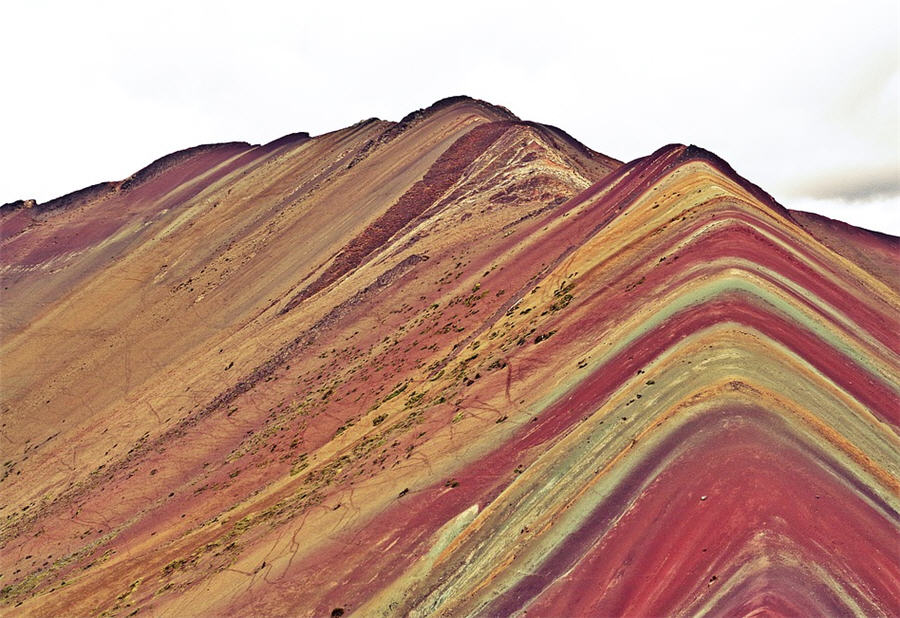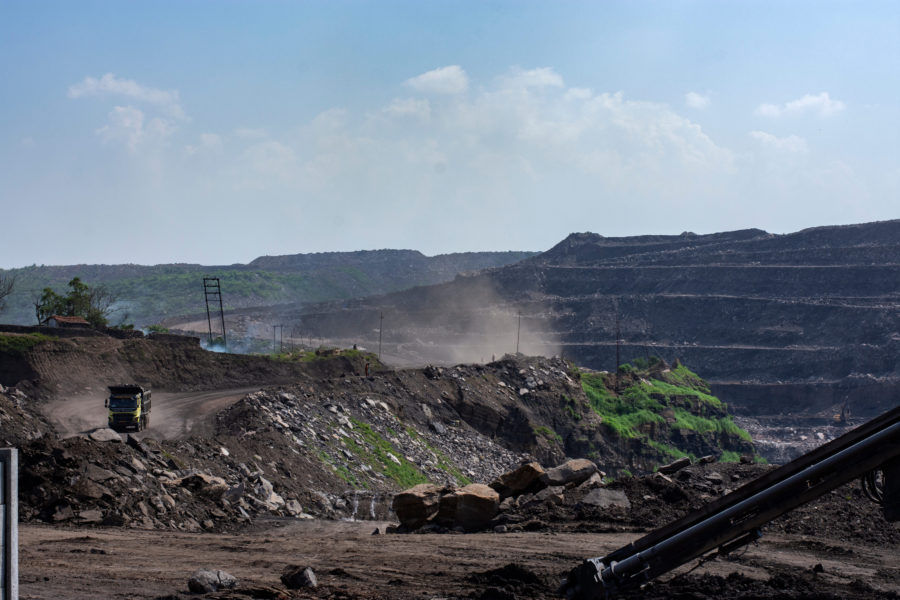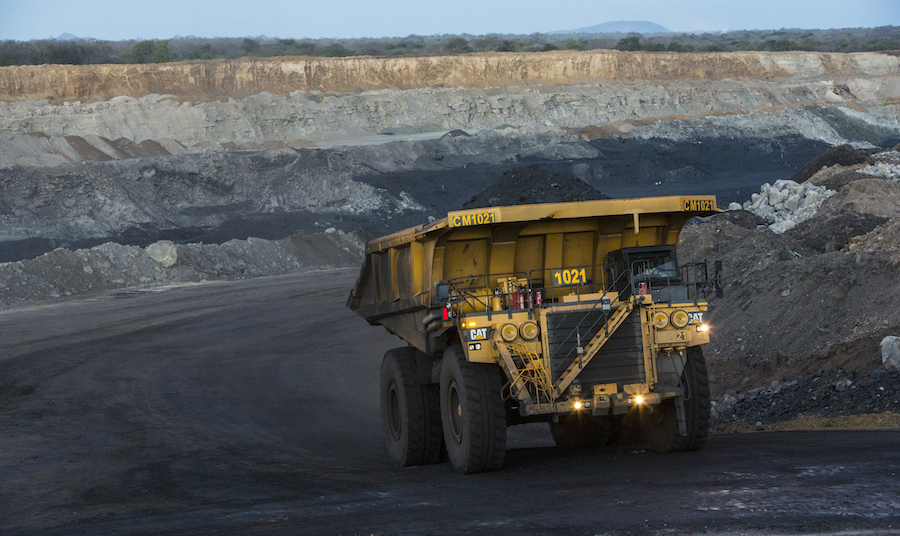Peru stops miners from exploring Rainbow Mountain tourist area

Clashes between tourism and mining are not rare in Peru, a country peppered with historic and touristic sites that’s also the world’s second-largest producer of copper, zinc and silver. But in the case of Rainbow Mountain, those in favor of conservation appear to have won out.
Late Friday, the Peruvian government blocked all mining exploration licenses on Rainbow Mountain, a rising South American tourist destination
. Located in southeastern Peru near Cuzco, once the capital of the Incan empire, and the Machu Picchu ruins, the area’s colorful slopes attract about a thousand tourists a day to Winikunka, which means the Mountain of Seven Colors in the local Quechua language.
The colors also caught the attention of mining companies. Where tourists see a mesmerizing mix of reds, yellows and greens, miners saw traces of copper ore, iron ore and other minerals.
A unit of Canada-based Camino Minerals Corp. was awarded a mining concession in March, sparking protests from local communities. Though the company said in June it would give up mining rights to the area, uncertainty around the area’s future remained until late on Friday, when a presidential decree banned mining activity in the area for 12 months.
State news agency Andina quoted the regional government saying the mining ministry will now have to process the documents to declare it a regional conservation area. Large mining operations around Cuzco include MMG Ltd.’s Las Bambas copper mine, Glencore Plc’s Antapaccay and Hudbay Minerals Inc.’s Constancia.
More News
{{ commodity.name }}
{{ post.title }}
{{ post.date }}



Comments